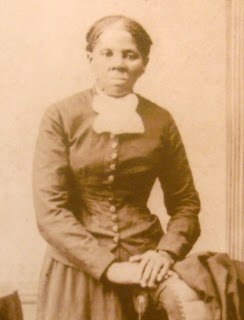Cron's discovery of the picture that serves as the cover of the book provided the impetus for him to write this story which, at its core, is his attempt to make some sense of his relationship with his father. He says that it was as if "The boy [in the picture] was calling me to join him on a voyage through the harrowing straits of memory. He was gambling that if we survived the passage, we might discover an ocean where the past would become the wind at our back rather than a driving gale to the nose of our boat." And so the story begins.
As seems to be the case with most memoirists, Cron had a complicated childhood. When Ian was quite young, the family lived in London, where his father worked both as the head of Screen Gems, the UK and European television subsidiary of Columbia Pictures, and as an important CIA operative. Celebrities graced their home, and his father played golf with the likes of President Ford. He only "remembers" this time, though, from family stories. Ian's reality was growing up in Greenwich, Connecticut living in quiet fear of his frequently unemployed alcoholic father. Ian talks about having to tiptoe through the house after school, trying not to make any noise that would disturb his dad. "When we committed the crime of making noise while playing a game or laughing too loud, he wouldn't yell; instead, he would bellow from the living room. He roared against our childhoods....We were living in an Edward Albee play for the hearing impaired." Ian tried to get his father's attention in all the usual ways, from going the bad boy route to being a star pupil. Throughout this time, Ian grappled with his faith, which sometimes provided a touchstone but more frequently served as a source of great confusion and frustration.
I certainly understand if this doesn't sound like a book that you want to run out and buy (or download, as the case may be). All you have to do is raise the specter of religion, and I'm generally out the door. There are two things, however, about Cron's writing that made me keep reading. First, he is quite funny, and he often uses cultural references to illustrate his memories. Take, for instance, his reminiscences about Catholic school during the Cold War era. He sets the scene of his classroom, which was decorated in a manner intended to instill the fear of God in the students. "Every morning we came into our classroom...and looked up to see something like a montage out of a Hieronymous Bosch painting: people melting in hell, infants floating in the ether...and an all-loving Jesus who looked more like Justin Bieber than Yasser Arafat." This was a time when fears of Communism were rife, and Sister Margaret, Ian's teacher, "warned [her students] that the communists were going to land on the shore of Greenwich's beaches and storm our school. It didn't occur to us to ask Sister Margaret why the Russians would consider seventeen Catholic second graders high-value targets."
Second, Cron has a great vocabulary. This wasn't always a plus for Ian. But by the seventh grade, he discovered that if he "titrated [his] overdeveloped vocabulary with just the right amount of sarcasm, my peers thought it funny, not to mention impressive." I have to admit to resorting to my Kindle's dictionary functionality on a couple of occasions when I wanted to confirm that my contextual understanding of a word was more or less correct. This included checking the definition of "titrate", which I still don't really understand, but it has something to do with chemistry and the proper mix of components in a solution. I enjoyed his use of words, both as a reader and as a teacher who's working with students to develop their reading skills.
Ultimately, I wish the book had been a bit heavier on the CIA and a bit lighter on Jesus, but it's Cron's story to tell. "Jesus, My Father, the CIA, and Me" is a quick read, with lots of humor. And it made me grateful for the "normal" childhood that I had (although there is that story about St. John's Catholic School, Sister Anelda and "60 Minutes" that I'll have to share with you another time).



















